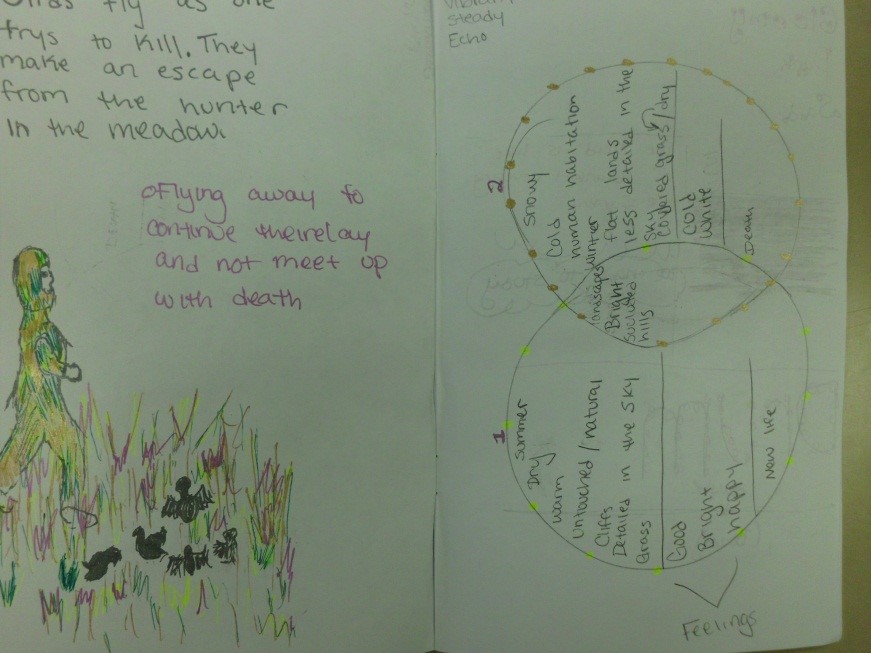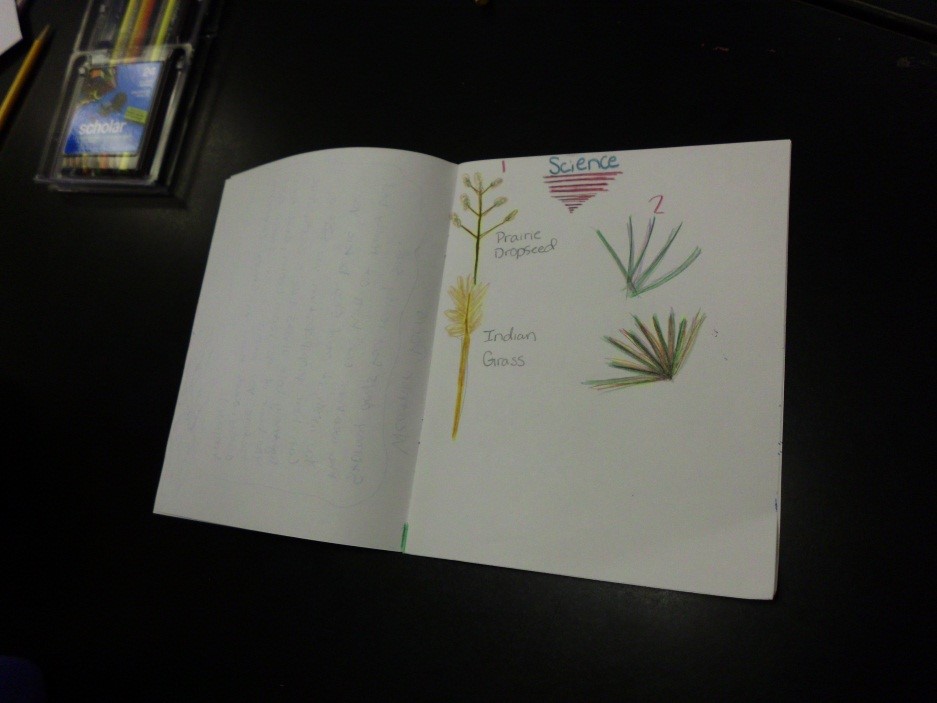This post is part two of three written by the Director of the Marianna Kistler Beach Museum of Art, Linda Duke, as a follow up to her director’s message featured in the Winter/Spring 2015 inSIGHT newsletter available at www.beach.ksu.edu.
Together Housen and Yenawine created an art image curriculum and teaching protocols for schools, testing and adjusting them in an action research process. They taught teachers to become skilled facilitators of their students’ discussions of the curriculum images or of actual works of art when they visited a museum. Over time, with funding from various sources, they set up curriculum and teacher training test sites around the U.S. and in other countries.
Early on, their studies indicated the importance of peer learning. Over the next few years it demonstrated the effectiveness of their approach in narrowing gaps between disadvantaged, struggling students and those who were academically successful. Teachers soon reported that their students spontaneously applied skills and habits developed in VTS discussions to other tasks and subject matter. They could brainstorm over a science specimen or a photo in a history textbook. They were even overheard using evidence-based reasoning in playground disputes.
I could never have imagined all this as I sat in the audience at the National Gallery and heard Philip Yenawine talk that first time. But I vowed then to learn more and become involved. And through my own work with VTS over the years, I came to understand the power of art, the richness and value of its ambiguities. I came to understand that liking or not liking an image is a separate matter from understanding it and evaluating the worth of its meaning. I came to know art in new ways and to value it more than ever before. And I saw, first hand, how it opened students to new discoveries.
-Linda Duke, Director



